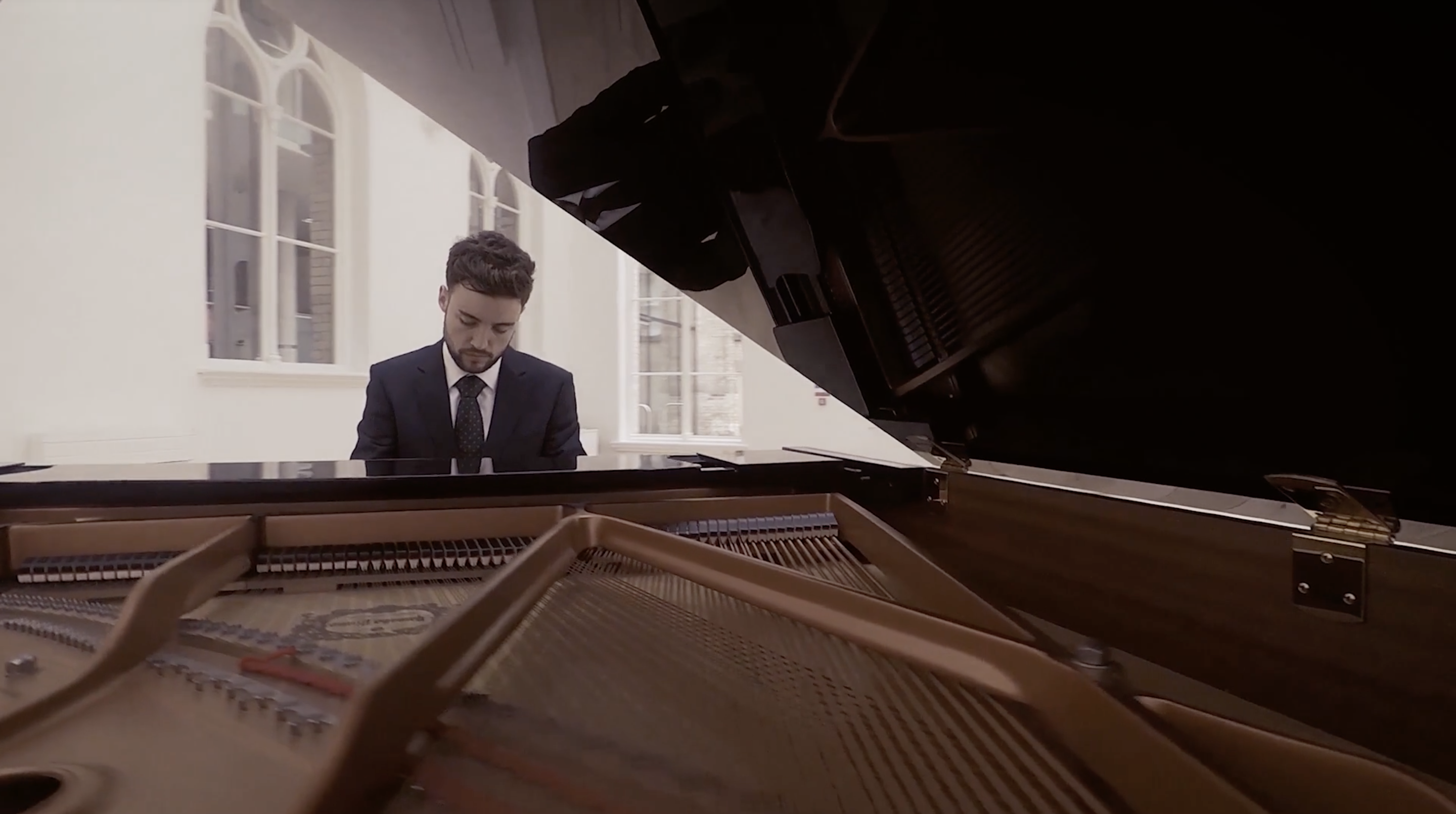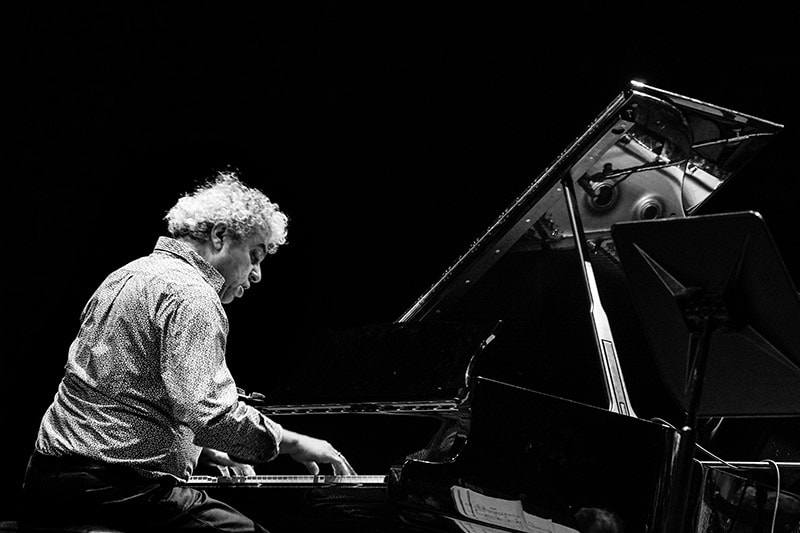
Jovino Santos Neto
Three-time Latin Grammy nominee Jovino Santos Neto, a master pianist, composer and arranger, is among the top Brazilian musicians working today.
April 24 · 2024
Ask Question
Live Seminar Resources
Live Seminar Resources
PDF Downloads
- Seminar Handout
Join PianoGroove Pro to access all downloads and learning resources.
Download theory supplements, midi files, chord changes and full note-for-note transcriptions of every lesson.
Related Lessons
Seminar Description
Seminar Description
We explore paths and gateways to unlock creative reharmonisation. Learn how to breathe new life into well-known melodies by altering their harmonic landscapes.
Comments
3 Comments
Leave Comment
Show All Comments







Hi Hayden Is there a light up keyboard to be added for this Thanks
Hi Karl 👋
Yes I have just added the finished video and the chapters.
The overhead keyboard has been straightened and I cropped the top and bottom octave off the piano, so it should be nice and easy to follow along with Jovino’s demonstrations.
Talk soon,
Hayden
Hi Jovino
When playing the melody note (right hand pinky on E flat over a Cm chord in Autumn leaves, how do you then work out what chords you can use as part of the reharmonization?
Do you need to go back and learn or the chords that have E flat in it or what’s the best approach? I’d struggle at this stage and would only be guessing.
Thanks